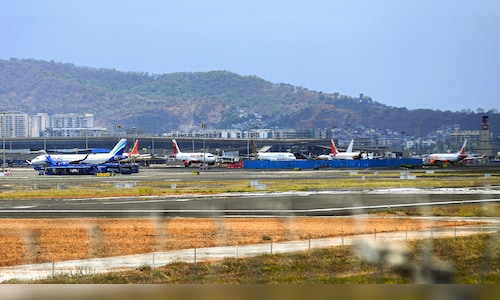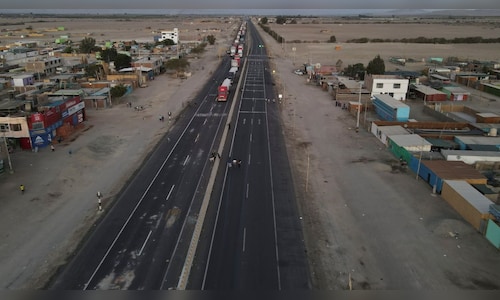The official said that the DGCA is currently in discussions with airlines and is studying global best practices, including how carriers like Emirates handle battery fire containment onboard.
“We are exploring options. We are looking at how global airlines manage the situation. Discussions are underway with airlines. Any brand or product cannot be singled out because that would create challenges for CISF during security checks. Once consultations are complete, we will issue appropriate guidelines,” the senior DGCA official told said.
Also read | DGCA may revise rules after in-cabin battery fire incidents
This comes after two recent in-cabin fire incidents — one on an IndiGo Delhi-Dimapur flight where a personal electronic device ignited inside a seat pocket, and another on an Air China flight where a lithium battery in the overhead bin caught fire mid-air, forcing an emergency landing.
Background: Why the issue matters
In 2016, global aviation regulators banned lithium batteries from checked-in baggage, after multiple cargo hold fires proved impossible to control mid-flight. Passengers were instead required to carry batteries in the cabin, where crew can quickly respond to any smoke or flames.
However, with several in-cabin battery fire incidents now being reported globally, regulators are faced with a new dilemma: Batteries are not allowed in cargo, but incidents are increasingly happening in the cabin
The DGCA official said any new policy will need to balance passenger safety, practicality, and security and will likely involve training, containment equipment, and clearer handling protocols, rather than outright banning devices.
Also read | IndiGo flight from Ahmedabad to Diu aborts takeoff after engine catches fire






